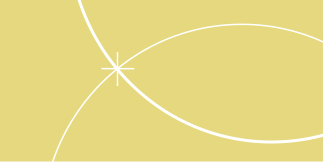Wound Balance - Achieveing Wound Healing with Confidence

- Approx. time to complete
- 60 min
- Topics
- Wound Balance
This review highlights epithelialisation and therapeutic options to optimise and speed the epithelialisation process.
To influence this process therapeutically, it is important for clinicians to understand the underlying principles of epithelialisation. The role of growth factors and the hostile local wound environment can explain why epithelial wound closure is so difficult to speed up in some chronic wounds.
Clinicians should be aware of the different surgical techniques of skin grafting and more advanced technologies, such as skin substitutes, as options for wounds which fail to respond to standard protocols.
Finally, novel dressing-based concepts are discussed, including macromolecular crowding, a concept which aims at boosting growth factor activities produced in the wound space once wound healing is normalised and underway.
Majana Tomic-Canic
PhD, Professor and Vice Chair of Research; Director, Wound Healing and Regenerative Medicine Research Program, Wound Healing and Regenerative Medicine Research Program, Department of Dermatology and Cutaneous Surgery, University of MIami, Miller School of Medicine, Miami, Florida, US;
Lulu L Wong
MD candidate, Wound Healing and Regenerative Medicine Research Program, Wound Healing and Regenerative Medicine Research Program, Department of Dermatology
Hans Smola
Professor of Dermatology, Medical Director, PAUL HARTMANN AG, Heidenheim and Department of Dermatology, University of Cologne, Cologne, Germany;
Hello, I’m Zoe
I am here to help you to find what you are looking for. (Your virtual assistant)